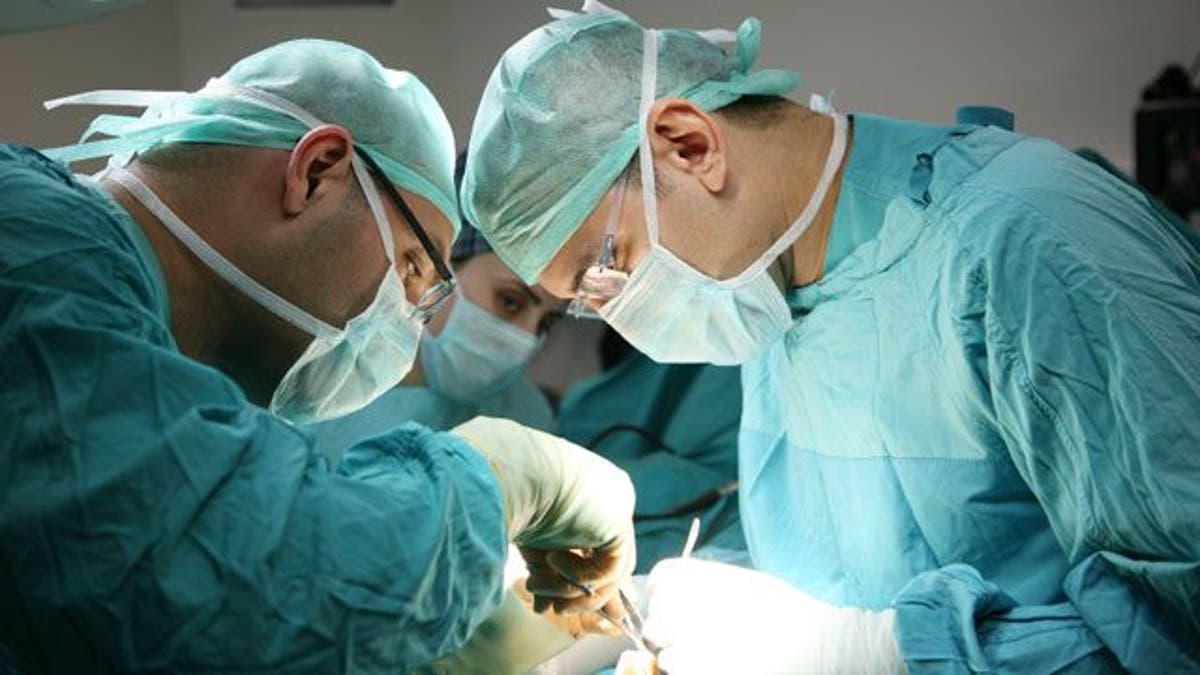
Getting back surgery to fix fractures caused by compression of the spine may not be any more beneficial than more conservative treatments, according to a new study of Medicare patients.
Researchers found that people who had so-called spinal augmentation had a similar likelihood of dying or having major complications as those who didn't have the surgery.
"I can't say there is no effect in patients who swear by their procedure, but in looking at objective measures we can't say it's effective," said Dr. Brendan McCullough, the study's lead author who did the research while at the University of Washington in Seattle.
During spinal augmentation, doctors fill compression fractures - usually caused by the bone-thinning condition osteoporosis - in people's vertebrae with a bone cement.
Research has found that spinal augmentation relieves the pain of back fractures, but more recent studies suggest the procedure's perceived benefits may be due to a placebo effect - or mind over matter.
Spinal fractures, however, can lead to more problems than just chronic pain. They have, for example, been tied to a doubled risk of death. Therefore, some believe the procedure may help reduce the risk of death in people with fractures.
For the new study, the researchers used medical billing data for people on Medicare, the U.S. health insurance for the elderly and disabled, between 2002 and 2006.
They identified 10,541 people who had spinal augmentation to treat their fractured back bones, and 115,851 people who used more conservative approaches, which typically include pain medicine and back braces or girdles.
On average, the people included in the study were about 80 years old, mostly female and white.
The researchers found that spinal augmentation patients had fewer complications - such as cardiac arrest, pneumonia and stroke - within the 30 days following the discovery of their fracture, compared to those who used more conservative treatments.
But that difference disappeared one year after their fractures were discovered, when about 29 percent of people in both groups had major complications.
People who had spinal augmentation, however, did appear to have a consistently lower risk of death over the first 30 days and one year after their fracture was discovered, compared to the conservative treatment group.
That advantage, however, went away once the researchers accounted for the fact that people who had spinal augmentation appeared to be healthier overall than the people who picked more conservative treatments.
What's more, people who had the procedure ended up in the hospital more often over the next year, compared to the conservative treatment group. They were also more likely to be admitted to an intensive care unit or sent to a nursing home.
The researchers can't say that the procedures didn't give some of the patients relief from pain, said McCullough, who is now a neuroradiologist with Radia in Seattle.
In an editorial accompanying the study in JAMA Internal Medicine, Dr. Douglas Bauer writes that the study "convincingly" shows that spinal augmentation is unlikely to reduce deaths after back fractures.
"Until better evidence becomes available, the potential benefits of vertebral augmentation remain unproven, and it should not be routinely offered to patients with osteoporotic vertebral fracture to improve pain, improve function, or reduce mortality," Bauer, a professor at the University of California, San Francisco, added.
However, Dr. Kirkham B. Wood, chief of the orthopedic spine service at Boston's Massachusetts General Hospital, said the new study has limitations.
For example, it did not separate the two main forms of spinal augmentation surgery from the other, and an older form of augmentation made up the majority of the included procedures.
"It's not going to change anyone's practice," Wood said about the study, adding that the procedure is still important to consider.




















